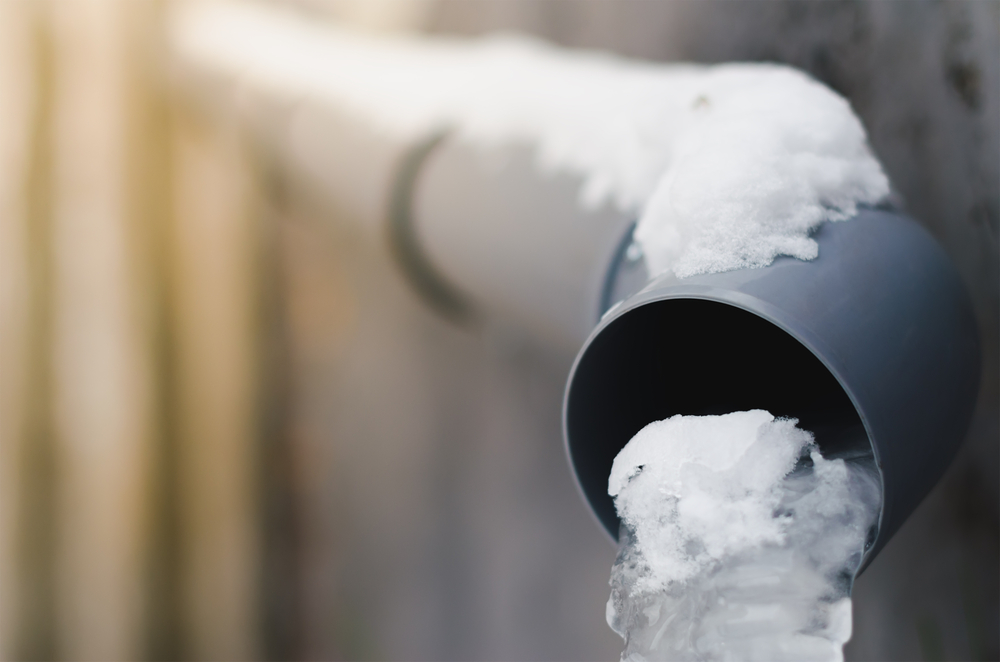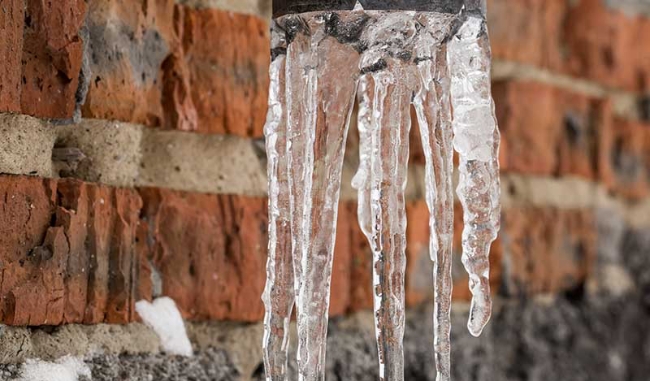Tips for Avoiding Frozen Pipes in Cold Weather: Professional Tips
Tips for Avoiding Frozen Pipes in Cold Weather: Professional Tips
Blog Article
This post in the next paragraphs about How to prepare your home plumbing for winter weather is truly engaging. You should see for yourself.

Cold weather can damage your plumbing, particularly by freezing pipes. Right here's exactly how to prevent it from happening and what to do if it does.
Introduction
As temperature levels decrease, the danger of frozen pipelines rises, potentially resulting in expensive repair work and water damages. Recognizing exactly how to prevent icy pipes is critical for house owners in chilly climates.
Prevention Tips
Protecting prone pipelines
Cover pipes in insulation sleeves or use warmth tape to safeguard them from freezing temperatures. Focus on pipelines in unheated or outside locations of the home.
Heating strategies
Keep interior rooms adequately heated up, especially locations with plumbing. Open closet doors to permit cozy air to flow around pipes under sinks.
Just how to identify frozen pipes
Seek lowered water circulation from taps, unusual smells or sounds from pipelines, and noticeable frost on revealed pipelines.
Long-Term Solutions
Architectural changes
Consider rerouting pipelines far from outside wall surfaces or unheated locations. Include additional insulation to attics, basements, and crawl spaces.
Upgrading insulation
Purchase high-quality insulation for pipelines, attic rooms, and walls. Appropriate insulation helps preserve constant temperatures and lowers the threat of frozen pipes.
Securing Outdoor Plumbing
Garden tubes and outdoor faucets
Detach and drain pipes garden pipes prior to wintertime. Set up frost-proof spigots or cover outside taps with insulated caps.
Understanding Icy Pipes
What causes pipelines to ice up?
Pipelines ice up when revealed to temperatures listed below 32 ° F (0 ° C) for prolonged periods. As water inside the pipelines freezes, it broadens, putting pressure on the pipe wall surfaces and potentially causing them to break.
Dangers and damages
Frozen pipelines can lead to water supply disturbances, residential or commercial property damages, and costly repair services. Ruptured pipes can flood homes and create comprehensive architectural damage.
Indicators of Frozen Pipeline
Recognizing icy pipes early can stop them from bursting.
What to Do If Your Pipelines Freeze
Immediate activities to take
If you presume frozen pipelines, keep taps open to relieve pressure as the ice thaws. Utilize a hairdryer or towels taken in hot water to thaw pipelines slowly.
Conclusion
Stopping frozen pipelines requires aggressive procedures and fast reactions. By recognizing the causes, indicators, and safety nets, homeowners can secure their pipes during winter.
5 Ways to Prevent Frozen Pipes
Drain Outdoor Faucets and Disconnect Hoses
First, close the shut-off valve that controls the flow of water in the pipe to your outdoor faucet. Then, head outside to disconnect and drain your hose and open the outdoor faucet to allow the water to completely drain out of the line. Turn off the faucet when done. Finally, head back to the shut-off valve and drain the remaining water inside the pipe into a bucket or container. Additionally, if you have a home irrigation system, you should consider hiring an expert to clear the system of water each year.
Insulate Pipes
One of the best and most cost-effective methods for preventing frozen water pipes is to wrap your pipes with insulation. This is especially important for areas in your home that aren’t exposed to heat, such as an attic. We suggest using foam sleeves, which can typically be found at your local hardware store.
Keep Heat Running at 65
Your pipes are located inside your walls, and the temperature there is much colder than the rest of the house. To prevent your pipes from freezing, The Insurance Information Institute suggests that you keep your home heated to at least 65 degrees, even when traveling. You may want to invest in smart devices that can keep an eye on the temperature in your home while you’re away.
Leave Water Dripping
Moving water — even a small trickle — can prevent ice from forming inside your pipes. When freezing temps are imminent, start a drip of water from all faucets that serve exposed pipes. Leaving a few faucets running will also help relieve pressure inside the pipes and help prevent a rupture if the water inside freezes.
Open Cupboard Doors
Warm your kitchen and bathroom pipes by opening cupboards and vanities. You should also leave your interior doors ajar to help warm air circulate evenly throughout your home.

Do you enjoy reading up on 6 Ways to Prevent Frozen Pipes? Put a comment further down. We would be glad to hear your thinking about this blog. In hopes that you visit us again in the future. Sharing is nice. You won't know, you may be doing someone a favor. Thanks for being here. Come back soon.
Visit Homepage Report this page